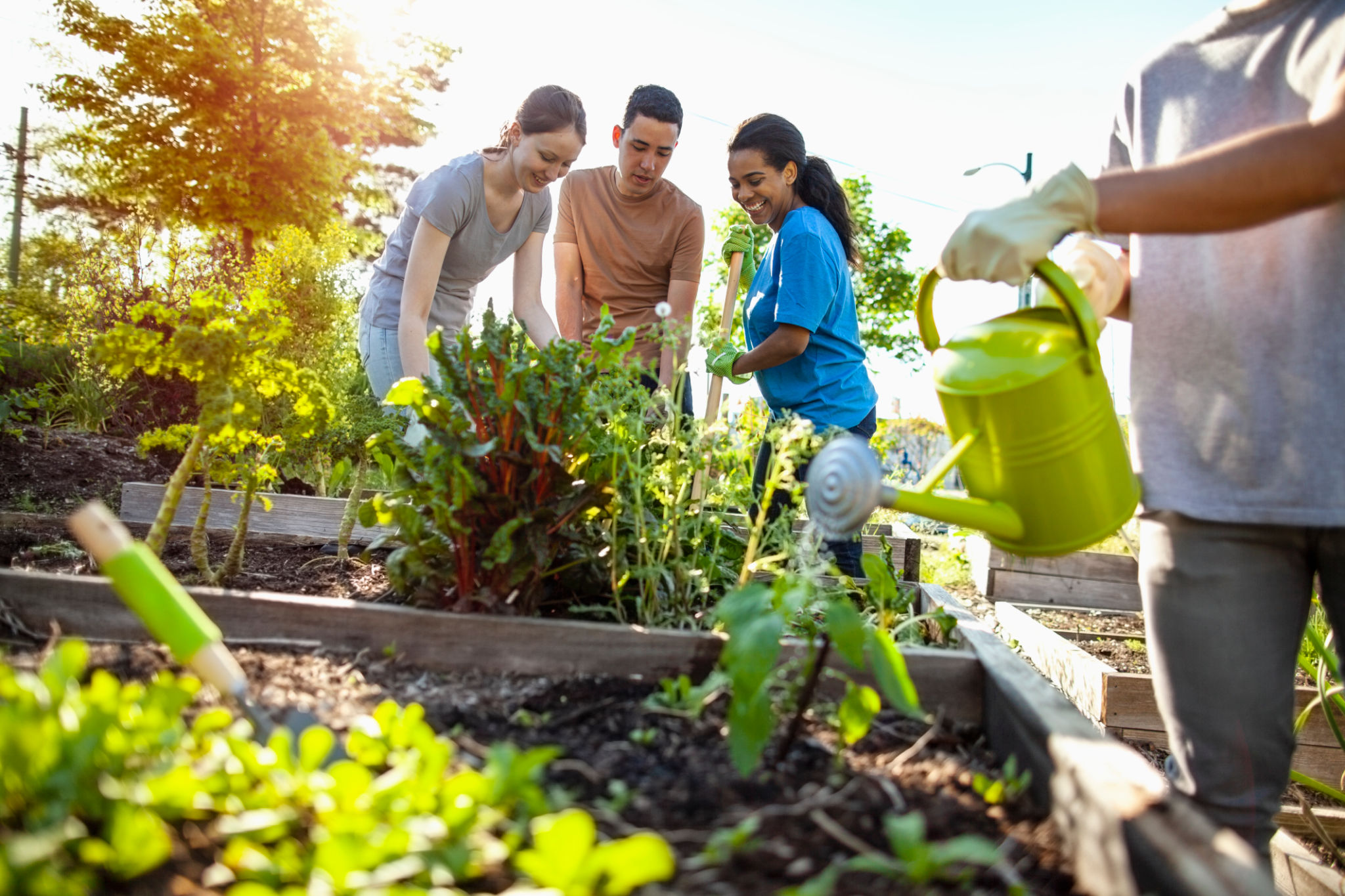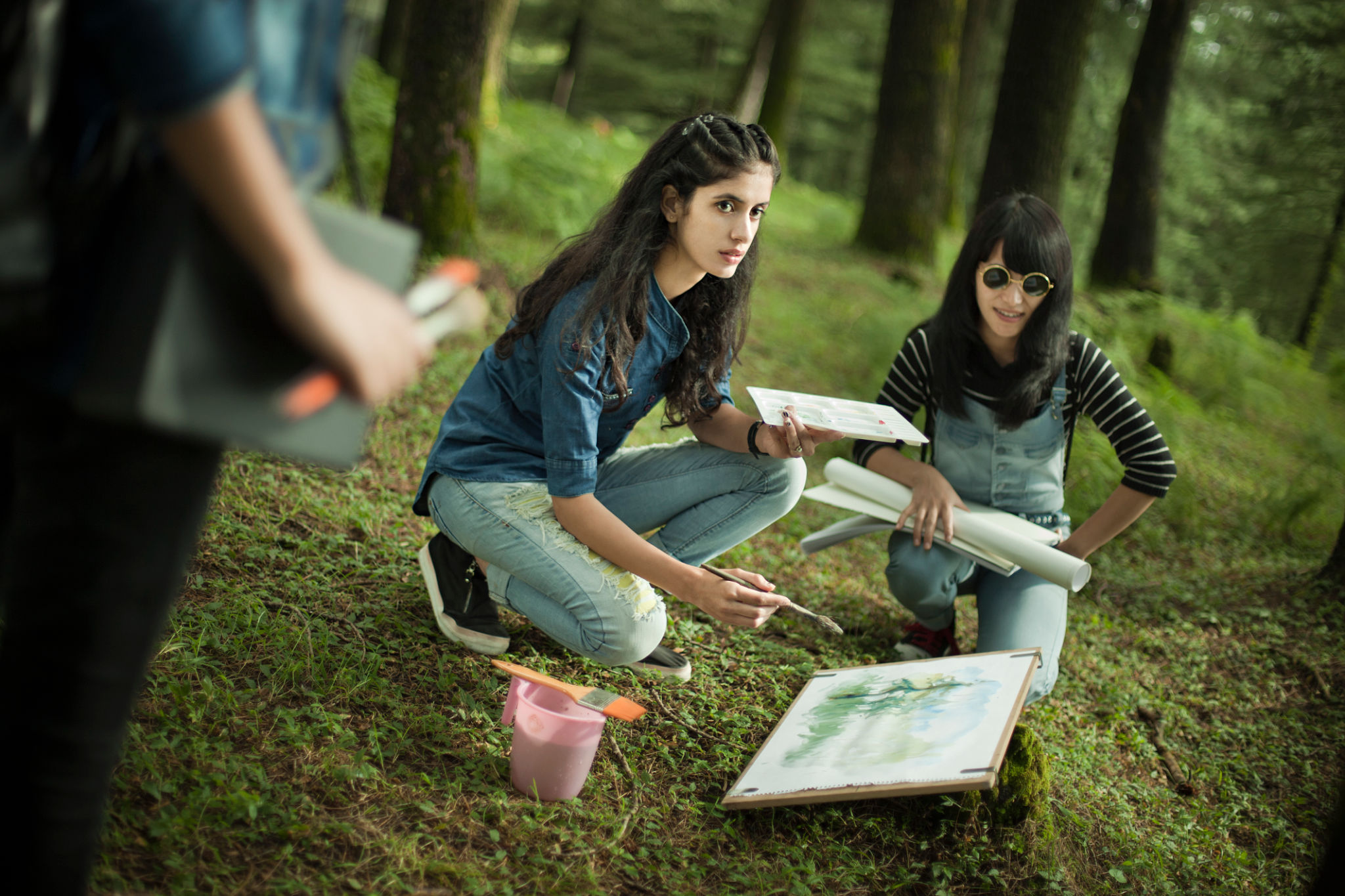Exploring Art Through Nature: Integrating Gardening into High School Art Projects
The Intersection of Art and Nature
Art and nature have always shared a symbiotic relationship, each inspiring the other in countless ways. By integrating gardening into high school art projects, educators can provide students with a unique opportunity to explore this connection. This approach not only fosters creativity but also enhances students' understanding of the natural world.
Gardening projects in art classes encourage students to observe and interact with nature on a deeper level. By engaging with plants, students learn to appreciate the intricate details of leaves, flowers, and the various textures and colors found in a garden environment. These insights can then be translated into their artwork, resulting in pieces that reflect both their artistic growth and environmental awareness.

Benefits of Integrating Gardening into Art Curriculum
Incorporating gardening into the art curriculum offers numerous benefits for students. Firstly, it promotes a hands-on learning experience, which is crucial for developing practical skills. As students work with soil, seeds, and plants, they gain a tangible understanding of life cycles and ecological processes.
Moreover, this integration helps improve students' mental well-being. Engaging with nature has been shown to reduce stress and increase focus, allowing students to approach their art projects with a clear and calm mindset. The sensory experiences gained from gardening—such as the scent of fresh soil or the texture of leaves—can also serve as powerful sources of artistic inspiration.

Practical Applications in the Classroom
Implementing gardening into art projects can be done in various creative ways. Teachers might consider the following approaches:
- Botanical Illustrations: Students can create detailed drawings or paintings of plants they grow, emphasizing observation and accuracy.
- Nature Sculptures: Using natural materials like twigs, leaves, and stones, students can construct three-dimensional art pieces.
- Sustainable Art: Encourage students to use recycled materials from garden projects to create eco-friendly art.
These projects not only develop artistic skills but also instill an appreciation for sustainability and environmental stewardship.

Collaboration and Community Involvement
Gardening in art classes can also foster collaboration among students and involve the wider community. Group projects encourage teamwork and communication, essential skills in any educational setting. For instance, students could work together to design and maintain a school garden, using their artistic talents to enhance its aesthetic appeal with murals or garden signage.
Involving community members, such as local artists or gardeners, can provide additional learning opportunities and resources. Guest speakers can share their expertise, while community gardens could serve as field trip destinations, offering real-world contexts to inspire student projects.
Conclusion: Cultivating Creativity
Integrating gardening into high school art projects offers a multitude of benefits that extend beyond the classroom. By fostering an appreciation for nature and encouraging creative expression, educators can nurture well-rounded individuals who value both art and the environment. This holistic approach to learning not only enhances students' artistic skills but also cultivates a lifelong passion for nature.
As schools continue to seek innovative ways to engage students, combining art with gardening presents an exciting opportunity to enrich the educational experience. Through this integration, students can discover the wonders of nature while expressing themselves creatively, leading to personal growth and a deeper understanding of the world around them.